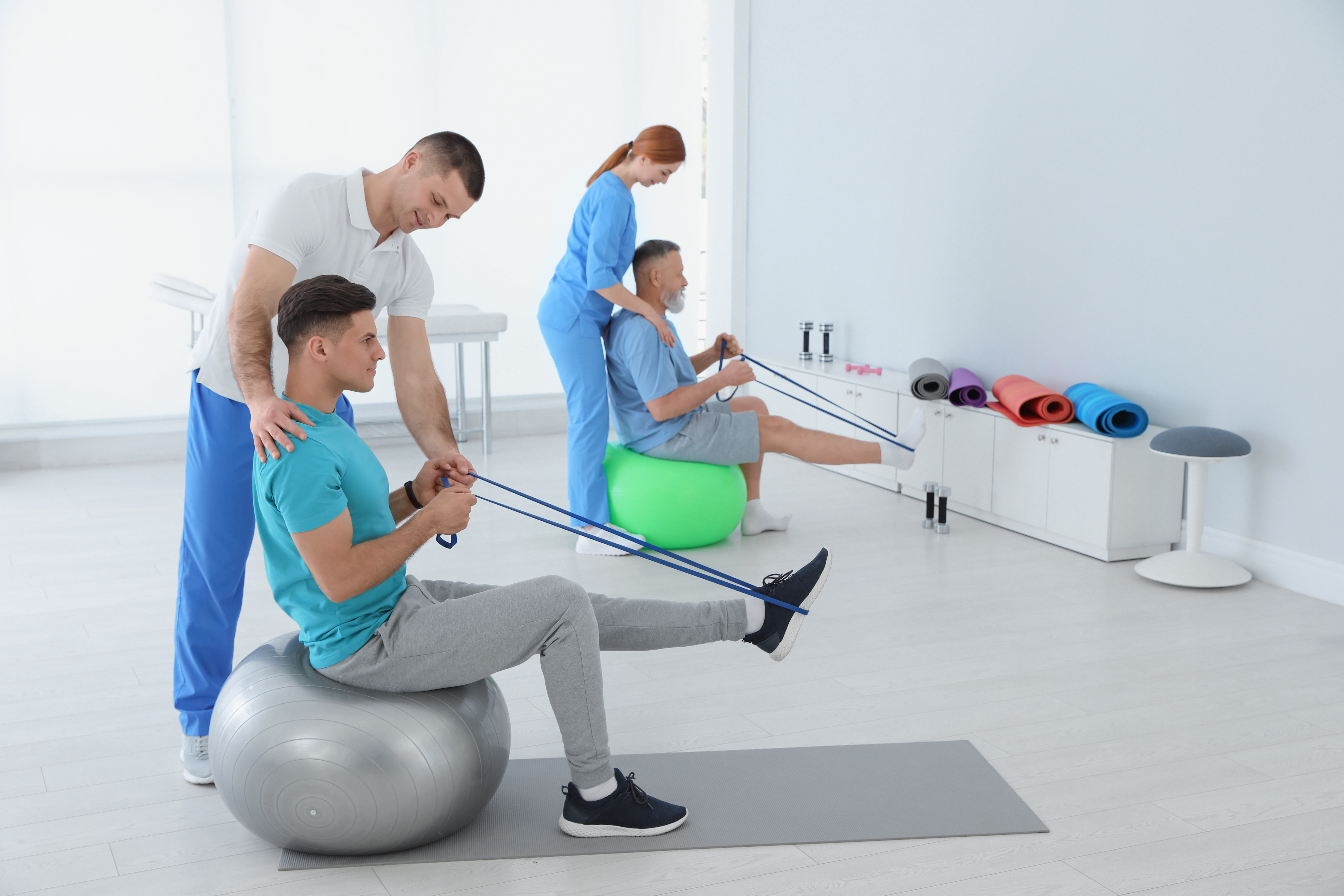Assessing the Interaction of Joint Flexibility and Stability in Patient Results
Articular movement and control are essential elements that influence client results in rehabilitation and rehabilitation. Joint mobility refers to the extent of movement permitted at a articulation, while stability involves the capacity to maintain management of that articulation during movement. When clients have optimal articular range of motion, they can move their limbs freely, which is essential for performing daily activities. On the contrary hand, stability helps avert harm by allowing the body to preserve correct alignment and equilibrium during these movements. Grasping how these two elements interact can lead to improved treatment plans and enhanced recovery for clients.In numerous cases, clients with joint pain or traumas often experience a decrease in mobility. For instance, disorders like arthritis can restrict how far a joint can move, making it challenging for people to perform tasks such as walking or climbing stairs. Rehabilitation specialists often concentrate on activities that enhance mobility through stretching and fortification. These exercises can help restore the range of motion, making it more manageable for clients to participate in their everyday activities. Nonetheless, increasing mobility without accounting for stability can lead to further harm, highlighting the need for a holistic approach.

Stability is equally crucial in therapy. When a joint is deficient in stability, it becomes more susceptible to harm during activity. For instance, an wobbly knee joint can lead to strains or tears while sprinting or jumping. To improve stability, therapists may incorporate activities that strengthen the muscle groups around the joint. These activities help support the articulation and prevent excess movement that could result to injury. By concentrating on both mobility and control, therapists can provide a holistic treatment plan that meets the unique requirements of each patient.
The interaction between articular mobility and control is particularly clear in sports medicine. Sports participants often require a elevated level of both mobility and control to perform at their optimal. For example, a gymnast needs to have limber joints to achieve complex actions while also maintaining control to avoid falls. In athletic conditioning, trainers and trainers stress the importance of linked here cultivating both aspects to improve performance and minimize the risk of injuries. This method click to read ensures that athletes can perform effectively while maintaining their articulations protected during rigorous activities.
In conclusion, understanding the connection between joint mobility and stability can lead to better outcomes for clients in various environments, from rehabilitation centers to athletic conditioning facilities. By encouraging both elements, medical practitioners can help clients regain their power and confidence. This integrated approach not only helps in recovery but also arms individuals with the resources they need to prevent future injuries. As studies continues to advance in this field, the importance of combining mobility and control in care plans will remain a central focus for improving client care and overall health.